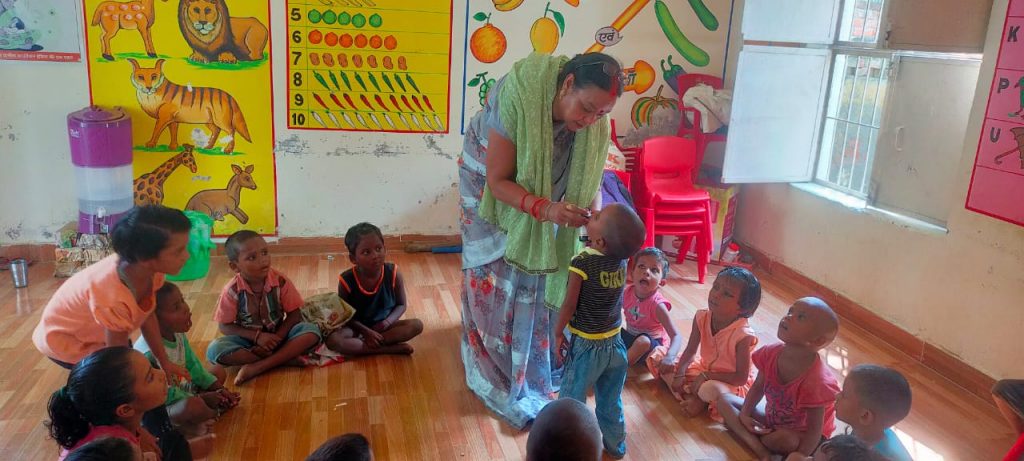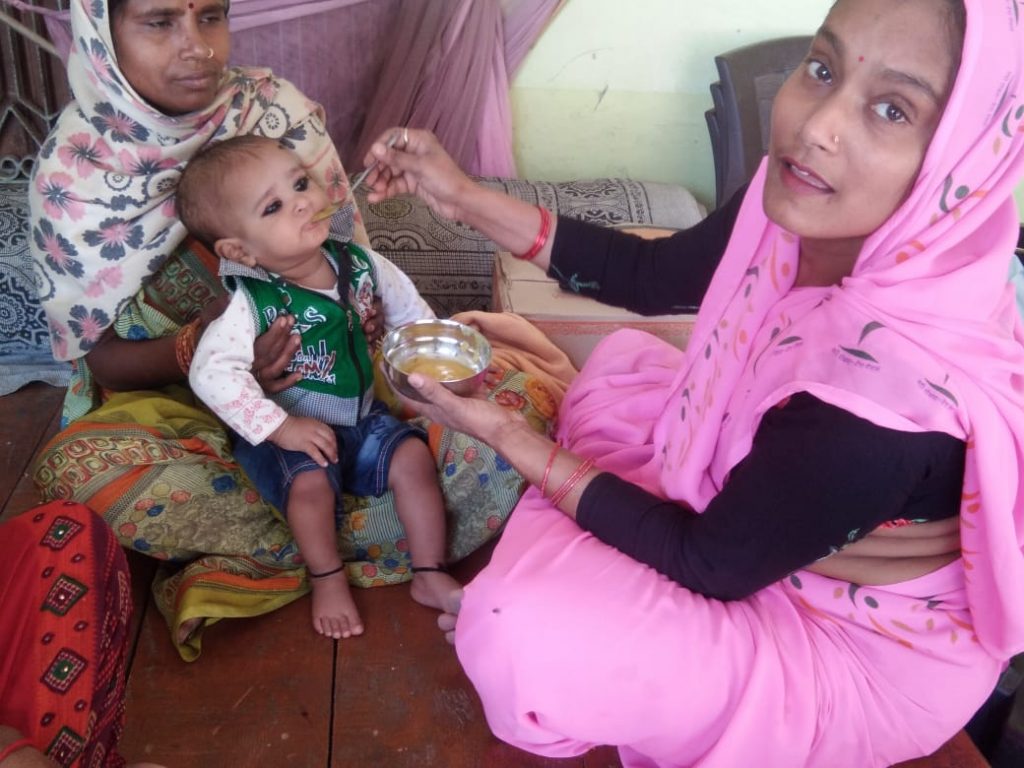To eradicate malnutrition in the cultural city of Varanasi, the district administration has implemented a comprehensive ‘10 Point-Kashi Strategy’. The strategy, spearheaded by IAS officer Himanshu Nagpal, Chief Development Officer of Varanasi, has not only addressed the city’s cultural and infrastructural aspects but has also fervently tackled the critical issue of malnutrition, particularly Severe Acute Malnutrition (SAM) among children.
Speaking to Indian Masterminds, Mr. Nagpal shared about the strategies.
DECLINE IN SAM NUMBERS
During the 2019 survey of the National Family Health Survey-5 (NFHS-5), Varanasi faced a daunting challenge with a 13.66% prevalence of SAM among children aged 0-6. This alarming statistic translated to approximately one in every seven children in the district falling into the SAM category.
“However, with a determined focus on targeted interventions and a multifaceted approach, the SAM numbers have witnessed a remarkable decline, reaching 0.61%,” Mr. Nagpal informed.
POSHAN TRACKER
The 10 Point-Kashi Strategy commenced with the enhancement of tracking and measurement accuracy. Through intensive training exercises and mid-month reviews, an impressive 99.89% accuracy in measuring 0-6 age kids on the POSHAN Tracker has been achieved, ensuring precise identification of malnourished children.

ABHINAV PEHEL
Further, to address nutritional shortcomings, the ‘Abhinav Pehel’ program was launched, offering a combined dosage of multivitamin syrup, Iron Folic Syrup, and Albendazole Syrup to pregnant mothers and young children.
“Initially, the program was piloted in one block that witnessed a recovery rate of 94%. This lead to its replication across all blocks and the city region of the district,” the officer mentioned.
Recognizing the importance of a balanced diet, 2700 Nutritional Gardens were established, providing fruits and vegetables like Spinach, Cauliflower, and Moringa to lactating mothers, enhancing their nutritional status.

MNCUs
The focus on newborns included the creation of 10 Air-conditioned Mother and Newborn Care Units (MNCUs), along with Kangaroo Care, ensuring that new deliveries are normalized to healthy weights. Intensive campaigns targeting exclusive breastfeeding, with the involvement of elder females and Self-Help Groups (SHGs), resulted in a significant 30% increase in exclusive breastfeeding numbers for infants aged 0-6 months.
Acknowledging the limitations of District Level Nutritional Rehabilitation Centres (NRCs), the administration introduced 13 Decentralized Mini NRCs at Community Health Centers (CHCs) which became a game-changer, increasing the monthly treatment capacity from 15 to 100 kids.
Mr. Nagpal further informed that aligning with the International Year of Millets, they have distributed Millet Bars and Ragi ladoos to SAM and MAM kids, benefiting 65,000 children monthly and improving attendance and retention at Anganwadi Centres.

TAKE HOME RATION
The convergence of the Integrated Child Development Services (ICDS) department and SHGs resulted in the establishment of six Take Home Ration (THR) Plants, providing employment to over 300 females and producing fortified Pre-Mix Ladoos and Dalia for lactating mothers and children.
BEHAVIOURAL CHANGE
The strategy also incorporated behavioural change exercises, with Healthy Kids ‘Certificates for mothers of 3 lakh healthy kids and ‘Buddy Mothers’ assisting mothers of 15,000 SAM kids.
“We are regularly tracking the kids through a Dedicated Control Room which ensures continuous improvement. This has led to a significant reduction in SAM numbers from 13.7% in 2020 to 0.6%,” Mr. Nagpal said.

This success story is a result of the relentless efforts and dedication of 3914 Aanganwadi Workers, Sahayiks, supervisions, and CDPOs who worked day and night to tackle malnutrition in Varanasi, paving the way for a healthier and brighter future for every child in the city. The positive impact is not only visible in the reduction of malnutrition but also in the enhanced learning levels among the children of Varanasi.
































